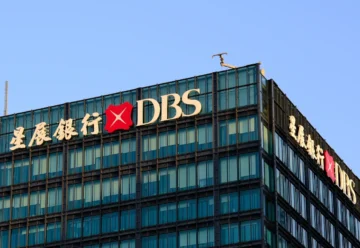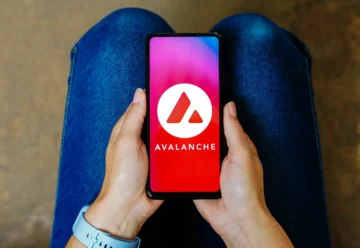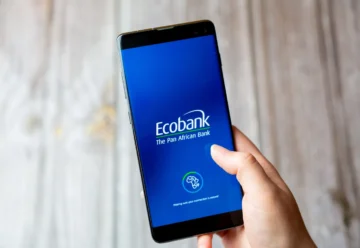NFT to Be Introduced as Microtransactions in Games
Integrating non-fungible tokens (NFT) into games to monetize them has become a priority for developers. However, the study revealed only one option for gamers to implement NFTs into the gameplay — to use them as an analog of microtransactions.
Delphi Digital analysts have presented the Future of Crypto Gaming report, which includes a detailed description of all possible ways of using NFTs in the gameplay. According to the report, the only option for implementing NFTs in the game is to perform functions similar to microtransactions.
The research shows that NFTs can provide additional benefits and features that do not affect the gameplay experience in any way. For example, NFTs can be used as tournament tickets, new character skins, side game access, and competition rewards. This is the de facto counterpart to the microtransactions that gamers have long been familiar with.
Analysts emphasize that not buying NFTs should in no way affect the free game experience. Researchers believe that if monetization and NFT elements are included in the gameplay “correctly,” it can generally change how gamers feel about their presence.
This approach will allow game developers to attract all types of players — both those motivated to spend or earn and those who just want to enjoy the gameplay — without encouraging them to compete with each other. Recall that more than half of gamers are not interested in making money through in-game mechanisms and prefer to just enjoy playing the game.
Analysts stress that the surge of negative attitudes towards in-game payments was provoked by the limitation of the basic functionality available to players. In their opinion, the voluntary nature of monetization of the gameplay can increase its effectiveness, and an interesting storyline and gameplay will act as additional incentives for buying in-game NFTs.
For example, this opinion is shared by the developers of Mojang Studios, who recently announced that integrating blockchain technology and NFTs into Minecraft in particular is unacceptable because it does “not align with Minecraft values of creative inclusion and playing together.”
Players are a serious power in Web 3.0 projects. This is clearly demonstrated by Play It Forward DAO, which brings together more than 40,000 players from various P2E games and has raised about $6 million for different social projects designed to make the Play-to-Earn format more accessible and profitable. Overall, P2E games have been a source of income for many people during the pandemic. And M2E projects are also good for physical activity, as players are willing to do sports if they get paid in crypto.











